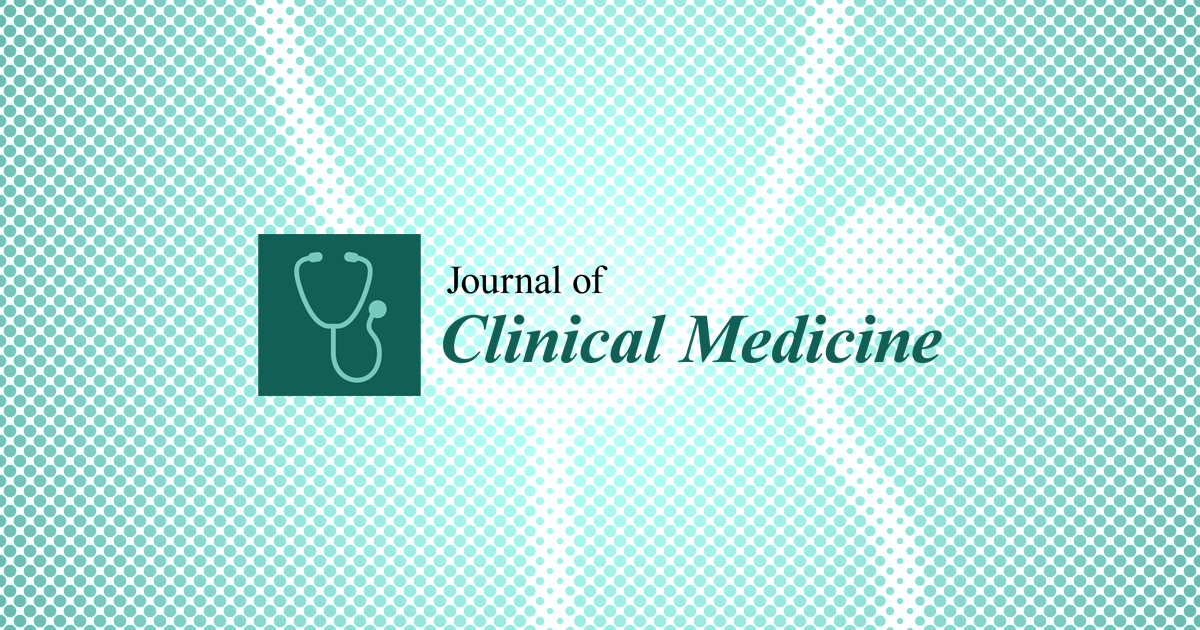This is an early access version, the complete PDF, HTML, and XML versions will be available soon.
Open AccessReview
1
Department of Experimental Dentistry, Wroclaw Medical University, 50-425 Wroclaw, Poland
2
Clinic of Stomatology and Maxillofacial Surgery, Faculty of Medicine, University Pavol Josef Safarik and Akademia Kosice, 041 90 Kosice, Slovakia
*
Author to whom correspondence should be addressed.
J. Clin. Med. 2024, 13(23), 7091; https://doi.org/10.3390/jcm13237091 (registering DOI)
Submission received: 25 October 2024
/
Revised: 18 November 2024
/
Accepted: 19 November 2024
/
Published: 23 November 2024
Abstract
Sleep bruxism (SB) and sleep-disordered breathing (SDB) are two prevalent conditions that significantly impact overall health. Studies suggest that up to 49.7% of individuals with SDB also exhibit symptoms of SB. This review aims to provide a comprehensive analysis of the role of genetic background and neurotransmission in the pathogenesis of the co-occurrence of SB and SDB. It seeks to synthesize current knowledge, highlight gaps in the existing literature, and propose a new perspective that integrates genetic and neurobiological factors. This review shows that both SB and SDB may be influenced by a combination of genetic, neurochemical, and environmental factors that contribute to their shared pathophysiology. The key neurotransmitters—dopamine, serotonin, and GABA—may play a significant role in their co-occurrence by regulating motor activity, sleep architecture, and respiratory control. Understanding genetic and neurochemical mechanisms may allow for more precise diagnostic tools and more personalized treatment approaches regarding SB and SDB. Clinically, there is a need for interdisciplinary collaboration between sleep specialists, dentists, neurologists, and geneticists. There is also a need to conduct large-scale genetic studies, coupled with neuroimaging and neurophysiological research, uncovering additional insights into the shared mechanisms of SB and SDB.
Share and Cite
MDPI and ACS Style
Smardz, J.; Jenca, A., Jr.; Orzeszek, S.
The Importance of Genetic Background and Neurotransmission in the Pathogenesis of the Co-Occurrence of Sleep Bruxism and Sleep-Disordered Breathing—Review of a New Perspective. J. Clin. Med. 2024, 13, 7091.
https://doi.org/10.3390/jcm13237091
Smardz J, Jenca A Jr., Orzeszek S.
The Importance of Genetic Background and Neurotransmission in the Pathogenesis of the Co-Occurrence of Sleep Bruxism and Sleep-Disordered Breathing—Review of a New Perspective. Journal of Clinical Medicine. 2024; 13(23):7091.
https://doi.org/10.3390/jcm13237091
Chicago/Turabian Style
Smardz, Joanna, Andrej Jenca, Jr., and Sylwia Orzeszek.
2024. “The Importance of Genetic Background and Neurotransmission in the Pathogenesis of the Co-Occurrence of Sleep Bruxism and Sleep-Disordered Breathing—Review of a New Perspective” Journal of Clinical Medicine 13, no. 23: 7091.
https://doi.org/10.3390/jcm13237091
APA Style
Smardz, J., Jenca, A., Jr., & Orzeszek, S.
(2024). The Importance of Genetic Background and Neurotransmission in the Pathogenesis of the Co-Occurrence of Sleep Bruxism and Sleep-Disordered Breathing—Review of a New Perspective. Journal of Clinical Medicine, 13(23), 7091.
https://doi.org/10.3390/jcm13237091
Article Metrics
Source link
Joanna Smardz www.mdpi.com


